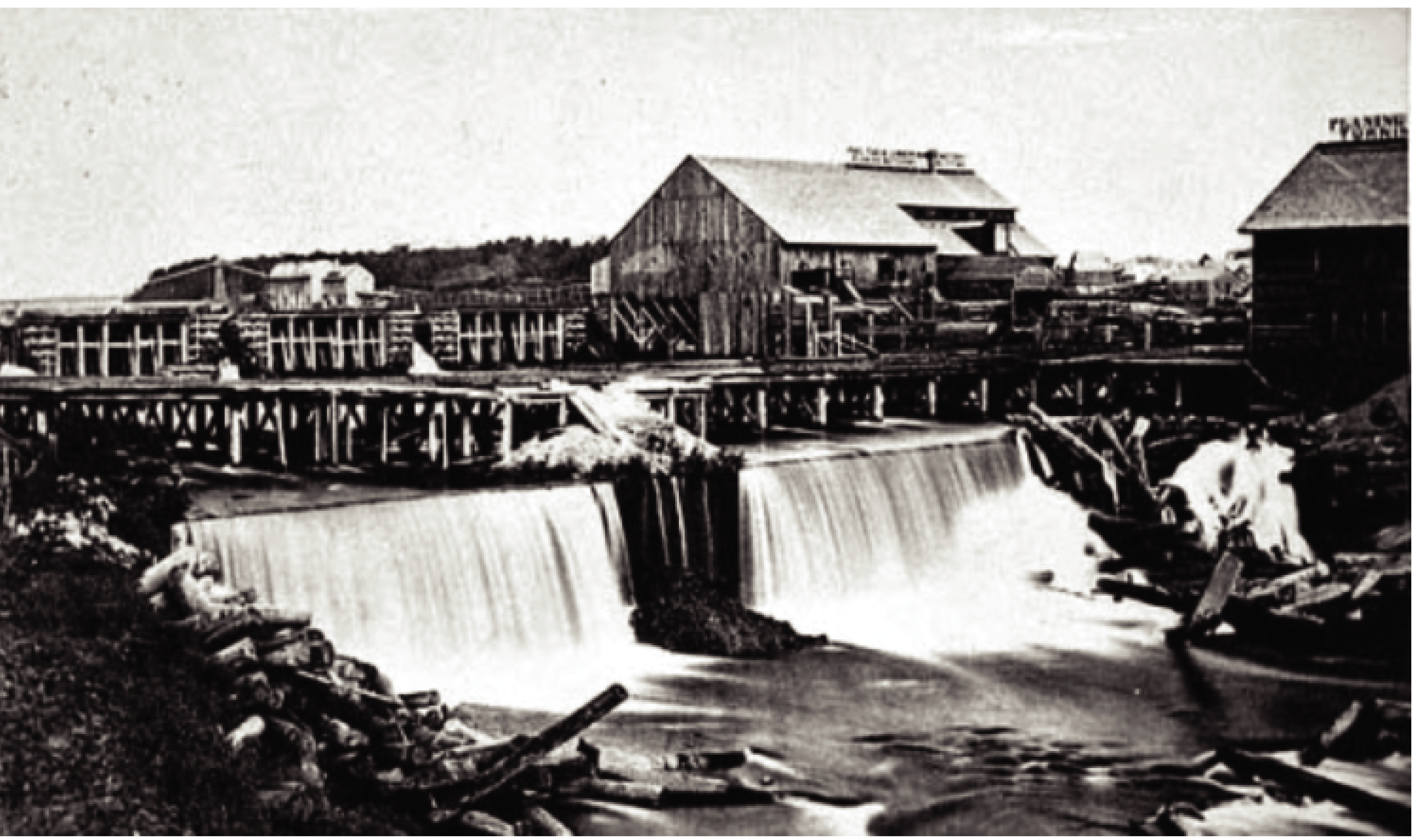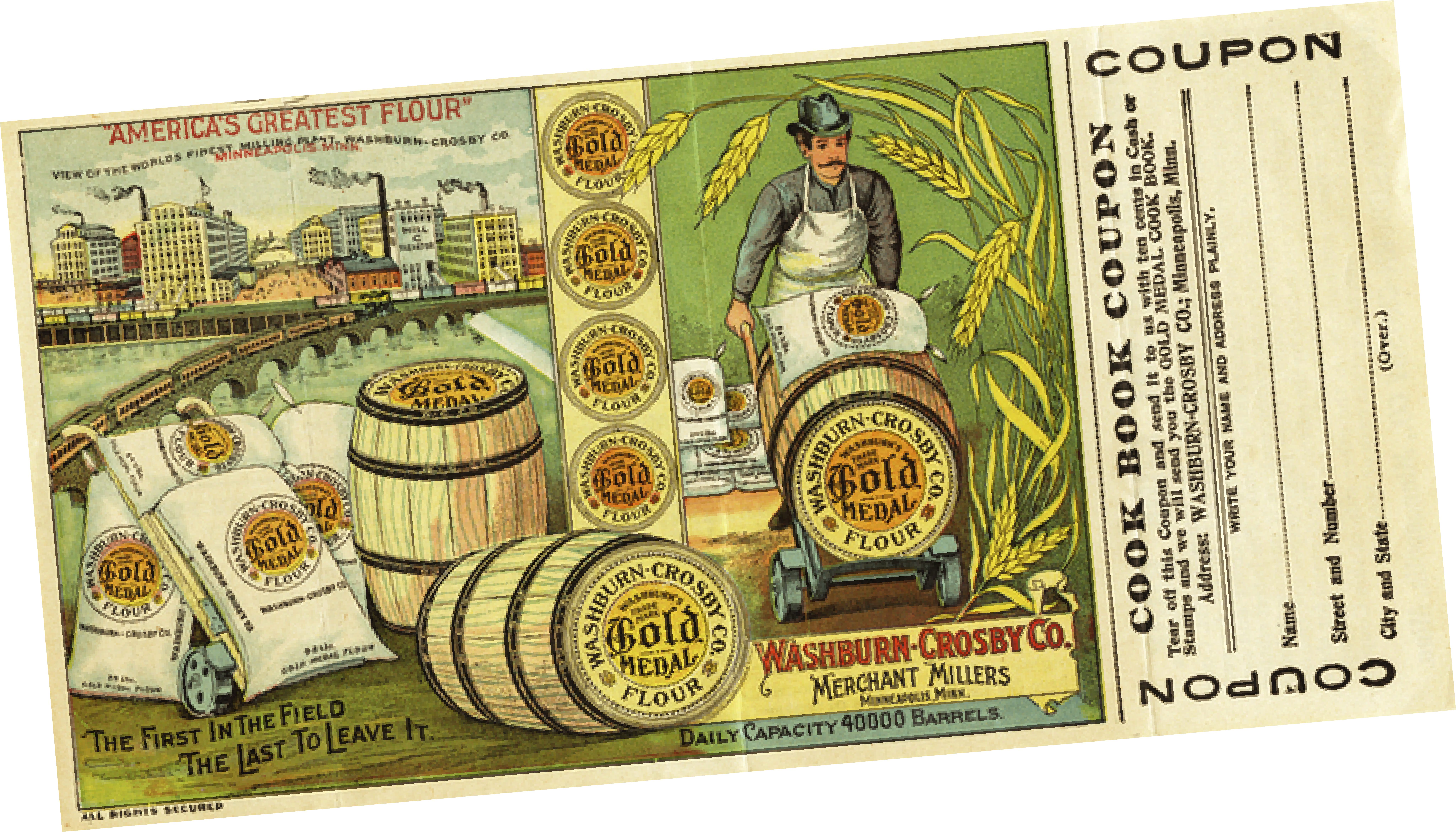Water Power on the Mississippi
What impact did the use of water power from St. Anthony Falls and the Mississippi River have on Minnesota communities?
At the end of the last ice age, there was a waterfall 200 feet high and almost a mile wide near present day St. Paul and Minneapolis. We know that water today as St. Anthony Falls. This is the only waterfall on the Mississippi River.

Tribal Communities
ln 1805 US Army Lieutenant Zebulon Pike negotiated a treaty with the Dakota. This treaty stated that the Dakota ceded, or gave up, their territory that included St. Anthony Falls, but the Dakota were still able to use, hunt, and travel through the area. In 1863, the U.S. government voided all treaties previously made with the Dakota. This forced the Dakota to give up all their land in Minnesota and have no right to use it. The forced removal of the Dakota from Minnesota made it possible for buyers to develop St. Anthony Falls.

Water Power
Imagine you turn on a garden hose so just a trickle of water comes out. You will most likely see a gentle stream of water. If you turn the water on twice as hard, the stream becomes a fast-flowing river. If you turn the water on full blast, the rush of water takes out just about anything in its path. That's the power of water!
The water power at St. Anthony Falls was used to power machines that cut lumber (saw mills) and grind wheat into flour (flour mills).
Engineering the Falls
Beginning in the 1850s, water power companies built dams, canals and tunnels for moving water to mills on both river banks. These changes nearly destroyed St. Anthony Falls. Low water over the falls exposed its limestone to the elements. Logs battered its rocky ledge. Erosion accelerated. The US Army Corp of Engineers stepped in to save St. Anthony Falls. The Army Corp built a wooden water slide called an apron over the falls to stop erosion.

Source: MNHS Collections
The work of improving the Falls is now being pushed forward with great energy. The blasting is mostly completed and a large crew of men are now at work building the foundation for the apron.
Minneapolis Tribune August 12, 1869

Timber & Flour Industry
The timber industry was the first to harness the power of St. Anthony Falls, but flour milling soon took over. In the 1850s, newcomers to Minnesota had success growing wheat. Production of wheat climbed from 1,400 bushels in Minnesota in 1850 to 2 million bushels in 1860 and over 18 million bushels by 1870. This caused a huge demand for flour milling — grinding wheat into flour. Flour mills soon dominated the banks of the Mississippi River near St. Anthony Falls. Two major companies emerged as rivals facing each other on opposite sides of St. Anthony Falls: Charles A. Pillsbury and Company (east side of the Falls) and the Washburn-Crosby Company (west side).
These flour-milling giants developed brand names that helped make Minneapolis-milled flour some of the best recognized in the world. Pillsbury called its flour "Pillsbury's Best" starting in 1872. The Washburn-Crosby Company began selling "Gold Medal" flour after winning the first international flour competition held in 1880.

The Falls Today
By the 1920s, Minnesota farmers were growing corn, oats, alfalfa and soybeans on land that in earlier years had only been used for wheat. These new crops were more profitable than wheat. Many of the mills near St. Anthony Falls closed. However, St. Anthony Falls continues to be important to many Minnesota communities. The flour milling companies that were created in the late 1800s continue to have a lasting impact on our state and people around the world. In 1928, several milling companies merged with the Washburn-Crosby Company to form General Mills. With 27 companies, in 16 states, it became the world's largest flour miller. In 2001, General Mills acquired Pillsbury to become one of the world's largest food companies. General Mills' world headquarters is located in Golden Valley, Minnesota.

Throughout our state's history and today, water from St. Anthony Falls and the Mississippi River have had an important impact on many people and places in Minnesota.
What impact has water had on your community?

